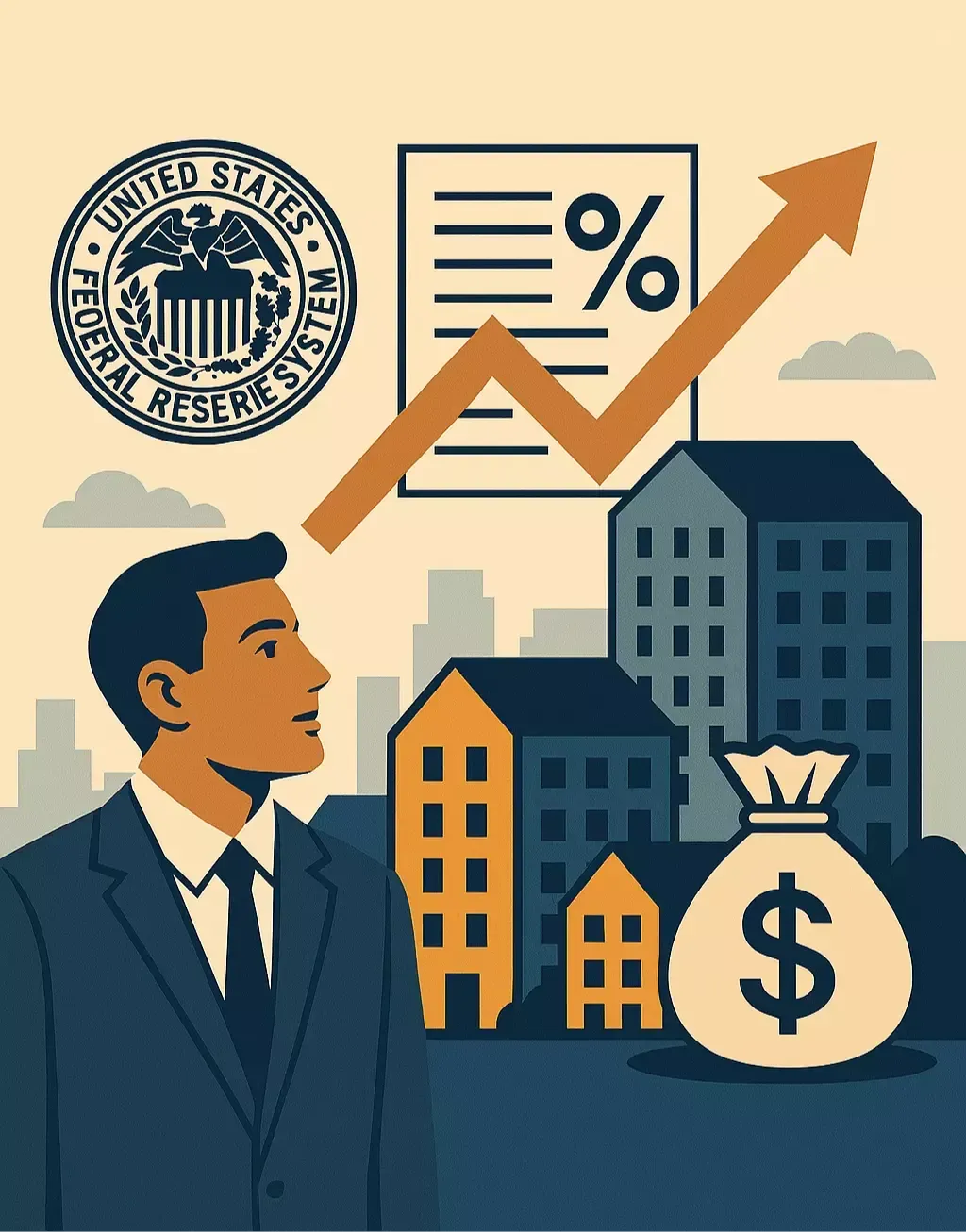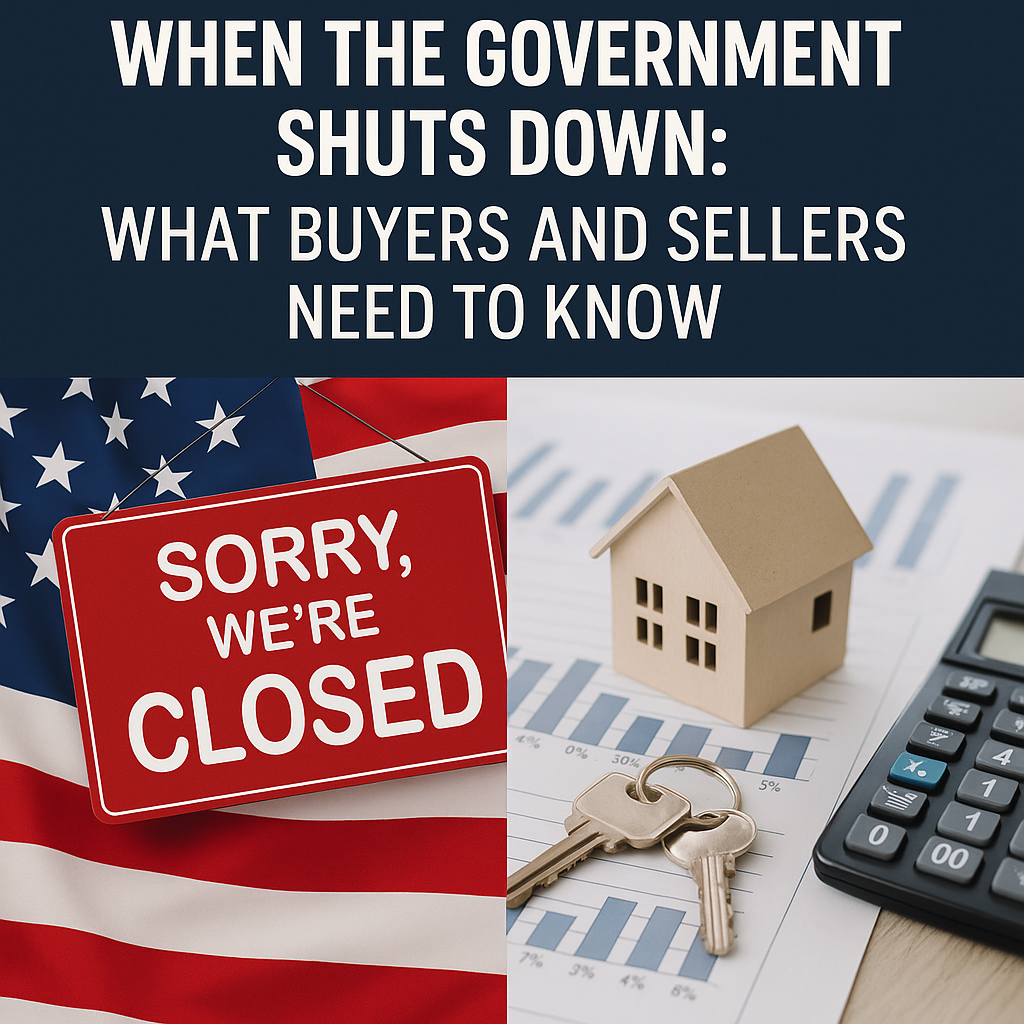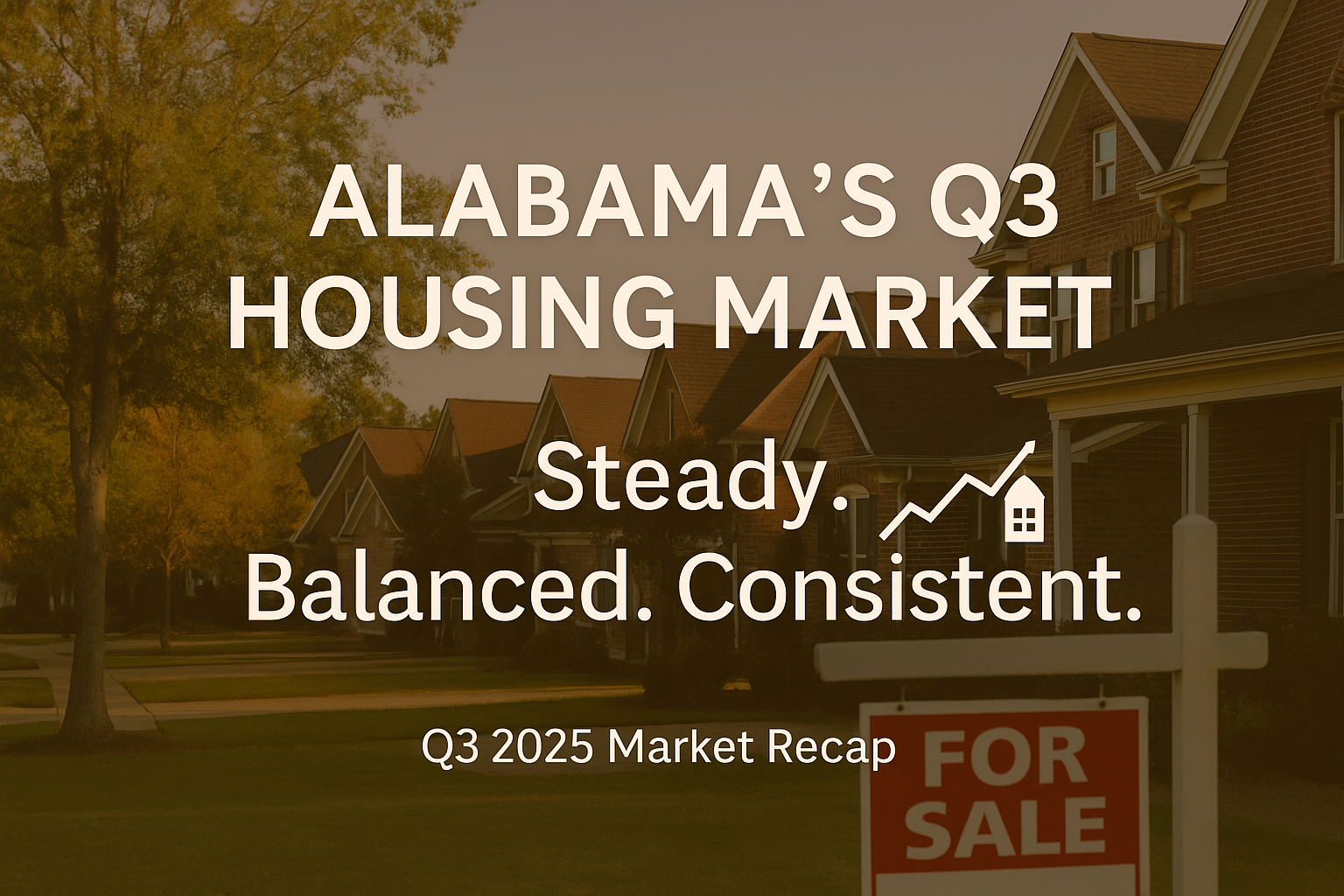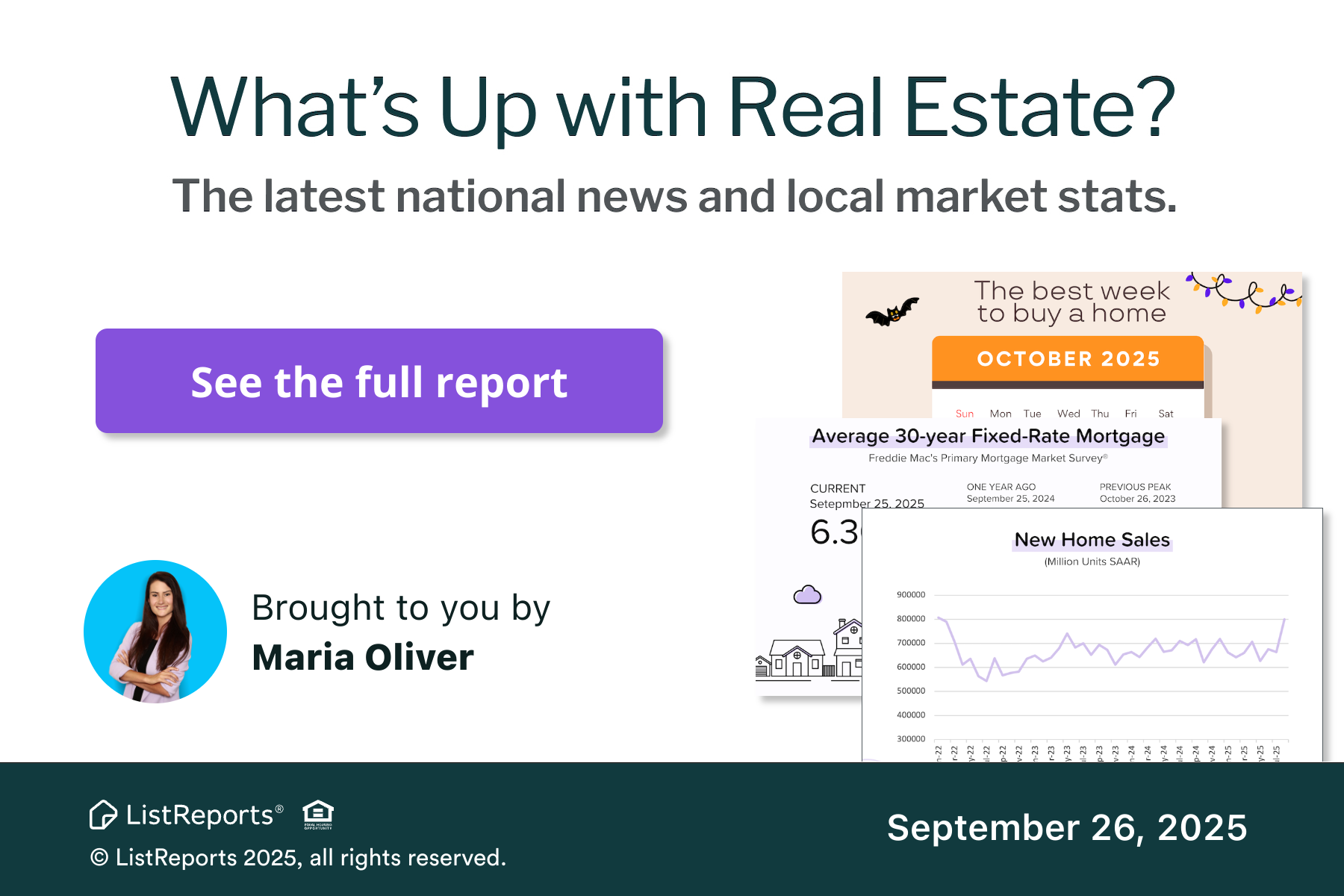What the Fed’s July 2025 Rate Decision Means for the Real Estate Market
📉 What the Fed’s July 2025 Rate Decision Means for the Real Estate Market

If you've been watching mortgage rates, wondering when they’ll finally drop. You're not alone. On July 30, 2025, the Federal Reserve (FOMC) announced it would leave the federal funds rate unchanged at 4.25%–4.50%, marking the fifth straight meeting without a change.
So what does this mean for the housing market in places like Mobile, AL, and beyond?
Let’s break it down.
🏦 What the Fed Said (and Didn’t Say)
During the July meeting, Fed Chair Jerome Powell made it clear that while inflation is improving, it's still too high to warrant a rate cut. Two members of the committee actually wanted a rate cut, which was notable. This level of dissent hasn’t been seen in decades.
The Fed’s official statement cited:
- Stubborn core inflation: Still above the 2% target (source: Federal Reserve Board)
- Economic uncertainty due to tariffs and global pressures
- A strong labor market, which is keeping upward pressure on prices
In short: the Fed is waiting for more data before making any moves.
🏡 Real Estate Impact: What This Means for Buyers, Sellers, and Investors
1. Mortgage Rates Will Likely Stay Higher, Longer
Even though the Fed doesn’t directly set mortgage rates, its policy influences them. With no rate cut in July, we’re still seeing mortgage rates hover around 6.5%–7.5% depending on the loan type.
➡️ Buyers: Higher rates mean higher monthly payments, so purchasing power is reduced.
➡️ Sellers: Homes may sit longer on the market unless priced competitively or bundled with incentives like interest rate buydowns or closing cost assistance.
2. Sellers Are Still Hesitant to List
Many homeowners refinanced at ultra-low rates in 2020–2021. That “golden handcuff” is keeping inventory tight. But tight inventory doesn't always mean quick sales. Condition, pricing, and incentives now matter more than ever.
3. Real Estate Investors Are Pausing or Getting Creative
With higher cost of capital and tougher lending standards, many investors are being more selective. DSCR loans, for example, require stronger cash flow to make deals viable.
Some investors are pivoting to:
- Creative financing (seller carryback, subject-to)
- Multi-family or house hacking strategies
- Markets with better cap rate potential
4. Affordability Remains a Major Issue
Until rates drop significantly, affordability will continue to be a challenge for first-time homebuyers. Some are choosing to rent longer, explore down payment assistance programs, request owner financing, or look outside major metros for more value.
📈 When Will Rates Drop?
That depends entirely on inflation data in the coming months. The Fed made it clear: they’re not committing to a cut in September, though markets are still hopeful.
If inflation cools and labor markets stay strong without overheating, we could see the first rate cut before the end of 2025.
But as always, timing the market is risky. The best time to buy or sell is when it aligns with your personal goals, not just interest rates.
✅ The Bottom Line
The Fed is holding tight, for now. But that doesn’t mean you need to sit still. Whether you're looking to buy, sell, invest, or refinance, knowing how interest rates affect your real estate options is critical.
📣 Ready to Make Your Move?
If you're thinking about buying or selling in Mobile, Alabama, or just want to know how this market affects your situation, let's chat. I’ll walk you through the latest numbers, programs that can lower your monthly payment, and creative strategies to make your goals happen—even in today’s rate environment.
📲 Reach out today for a personalized consultation.
Let’s make smart moves in a shifting market.
Sources:












